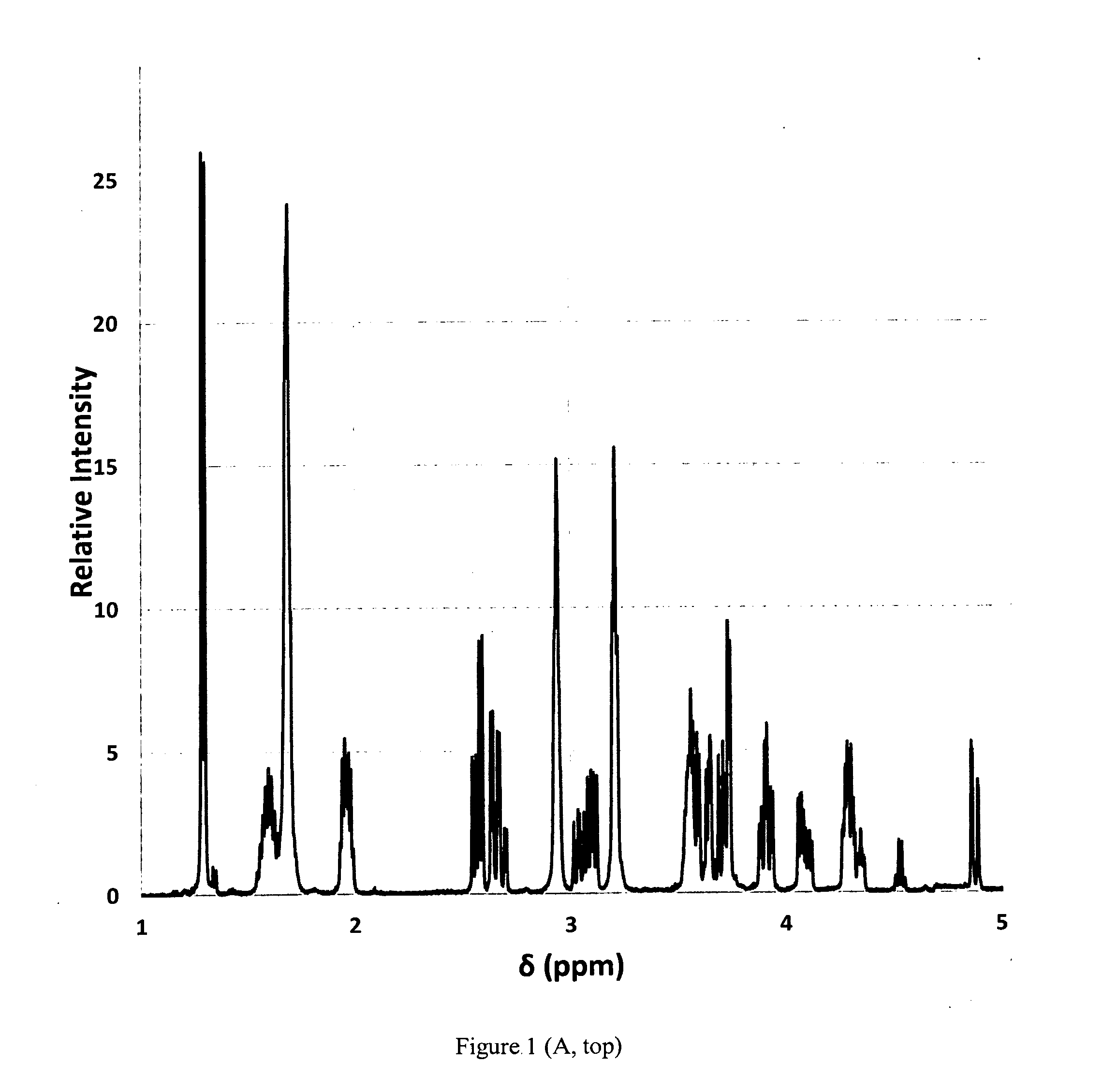Tablet Composition for Anti-tuberculosis Antibiotics
a technology of anti-tuberculosis and tablets, applied in the field of pharmaceuticals, can solve the problems of poor national infrastructure, poor efficacy of available drugs, and active infections killing more than fifty percent of patients, and achieves the effects of increasing the level of copper within the phagosome, increasing the resistance to -lactam antibiotics, and increasing the activity of bactericidal activity
- Summary
- Abstract
- Description
- Claims
- Application Information
AI Technical Summary
Benefits of technology
Problems solved by technology
Method used
Image
Examples
Embodiment Construction
[0066]This disclosure involves a tablet composition that includes three molecular components that improve the efficacy of known antibiotics used in the treatment of pulmonary and extra-pulmonary tuberculosis in a variety of forms including drug resistant infections (i.e. MDR-TB, XDR-TB, TDR-TB). These components include a transition metal cation, a saccharide and a water soluble polymer that contribute to the composition of an antibiotic tablet to serve as a delivery system in a physiological environment and enhance the efficacy of an existing anti-tuberculosis antibiotic.
[0067]The first component is a transition metal ion that can bind a nitrogen atom (i.e. in an amine, amide), which are present in all major anti-tuberculosis antibiotics. The cation(s) may also bind to oxygen atoms (i.e. in an alcohol, ether, ester, and / or carbonyl) if present in the antibiotic structure, however binding to nitrogen atoms is thermodynamically favored. The transition metal cation may be a physiologi...
PUM
| Property | Measurement | Unit |
|---|---|---|
| Fraction | aaaaa | aaaaa |
| Fraction | aaaaa | aaaaa |
| Fraction | aaaaa | aaaaa |
Abstract
Description
Claims
Application Information
 Login to View More
Login to View More - R&D
- Intellectual Property
- Life Sciences
- Materials
- Tech Scout
- Unparalleled Data Quality
- Higher Quality Content
- 60% Fewer Hallucinations
Browse by: Latest US Patents, China's latest patents, Technical Efficacy Thesaurus, Application Domain, Technology Topic, Popular Technical Reports.
© 2025 PatSnap. All rights reserved.Legal|Privacy policy|Modern Slavery Act Transparency Statement|Sitemap|About US| Contact US: help@patsnap.com



